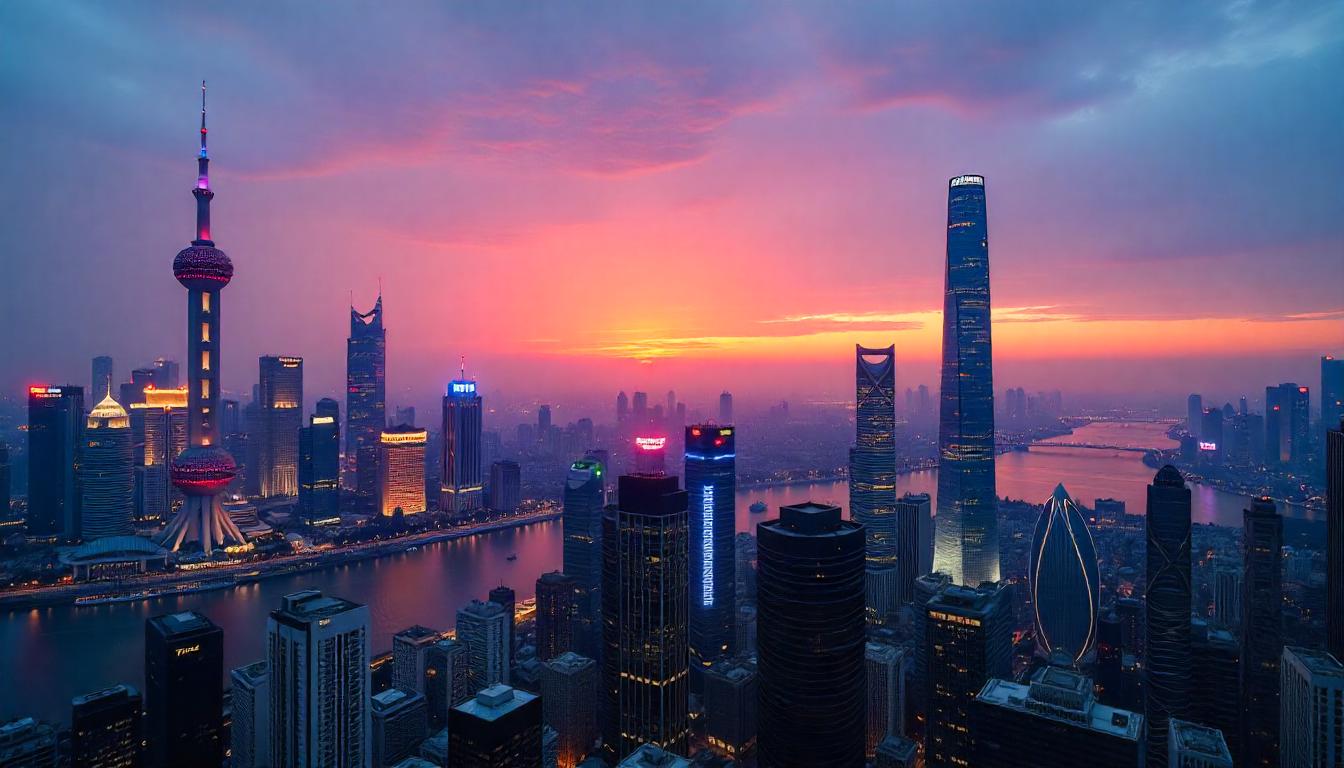In the high-stakes race of global urbanism, China is building not just upward, but outward, forward, and with clear ideological intent. Its most ambitious cities—Shanghai, Shenzhen, Chengdu, and Chongqing among them—are leveraging the language of vertical architecture not merely to accommodate population density, but to project global standing, economic prowess, and cultural modernity. Nowhere is this more visible than in the new generation of supertall skyscrapers that pierce the clouds with symbolic purpose.
Skyscrapers have long been the urban equivalent of national flags—markers of identity, ambition, and presence. In the early 20th century, the skylines of New York and Chicago were architectural arms races in steel and stone. Fast forward a century, and China has entered that arena with both speed and scale that the West can barely match. Its urban centers are less content with modest functionalism and more inclined toward monumentalism—where each tower is a press release in glass and aluminum.
Vertical Velocity: China’s Rapid Urban Ascent
Over the past two decades, China’s urbanization has been nothing short of architectural alchemy. Between 2010 and 2020, China constructed more skyscrapers over 200 meters than the rest of the world combined. And unlike the phased growth of Western cities, Chinese urban development operates at the tempo of a tech startup—fast, strategic, and massive in scope.
In this environment, skyscrapers are far more than real estate plays. They’re public-private collaborations, often blending state support with developer ambition. The result? Architectural ecosystems that house financial districts, shopping complexes, cultural venues, and even vertical parks—all designed to dazzle foreign investors and delight domestic consumers.
The skyline, therefore, becomes a strategic tool in branding the city as a global competitor. It’s not a coincidence that Shenzhen’s Ping An Finance Center (599 meters) came online as the city was emerging as China’s Silicon Valley, or that Shanghai Tower (632 meters) spirals upward as a metaphor for the city’s upward trajectory in finance and trade.
Chongqing’s Statement in Steel: The 520-Meter Ambition
Among China’s most assertive skyline statements is the under-construction 520-meter tower in Chongqing—a megastructure designed to house corporate offices, luxury hotels, and panoramic observation decks. While it stands as a singular architectural icon, its importance is symbolic: Chongqing is no longer the industrial hinterland of China’s interior, but a burgeoning metropolis claiming parity with the coast.
This tower is both literal and figurative elevation. With its strategic location at the confluence of the Yangtze and Jialing Rivers, Chongqing’s vertical reach communicates not just a new urban reality, but a city’s aspirations to be seen, remembered, and counted among China’s elite urban centers.
The Skyscraper as Soft Power
China’s architectural skyline also doubles as a soft power mechanism. Unlike the mid-century American towers that were exercises in corporate ego, China’s modern supertalls are exercises in national narrative. They are designed by international firms—KPF, Gensler, SOM—and curated to global standards. But their spatial programming often features Chinese motifs, feng shui principles, and cultural references that localize the globalist aesthetic.
This fusion isn’t incidental—it’s policy. Through initiatives like the Belt and Road and city-to-city partnerships, China’s skyline is often the first impression in urban diplomacy. A visiting delegation landing in Tianjin or Wuhan encounters a skyline that says: “We are modern, connected, and competitive.” These buildings perform, quite literally, on the world stage.
Spatial Prestige and Urban Hierarchy
In China, height and placement matter. A city’s tallest building often signifies where power resides—be it financial, governmental, or cultural. The clustering of supertalls in certain zones—like Lujiazui in Shanghai or Qianhai in Shenzhen—reveals urban planning that is as much about prestige geography as it is about functionality.
This phenomenon creates a vertical hierarchy not just of buildings, but of cities themselves. Being home to a landmark skyscraper—especially one above 500 meters—places a city in a league of symbolic importance. Chongqing’s 520-meter tower, therefore, is a calculated addition to this hierarchy, cementing its identity as western China’s gateway to the world.
Crisis and Critique: Skyscraper Fatigue?
Still, China’s skyline ambitions are not without critique. In 2021, the Chinese government announced new regulations to limit “vanity projects” and discourage buildings over 500 meters unless absolutely necessary. This signals a shift in policy—one acknowledging that some supertalls may prioritize spectacle over service.
The Chongqing 520-meter project, grandfathered in before the new regulations, may be one of the last of its kind. But its completion will mark the end of an era, not its decline. China is recalibrating—not retreating—from its architectural assertiveness. Going forward, expect supertalls to evolve from symbols of growth to symbols of sustainability, resilience, and civic utility.
Conclusion: Towers as Texts in the Chinese Urban Narrative
In the story of modern China, skyscrapers are chapters of ambition written in reinforced concrete and reflective glass. They narrate not just a desire to compete globally, but to redefine what a global city looks like when informed by Chinese priorities. The Chongqing 520-meter tower is not just a structure—it’s a sentence in the country’s ever-expanding urban thesis.
As China’s cities continue their meteoric rise, the skyline will remain a potent interface between internal aspiration and external perception. In a country where form often follows philosophy, these towers are doing more than altering skylines—they’re shifting narratives.


